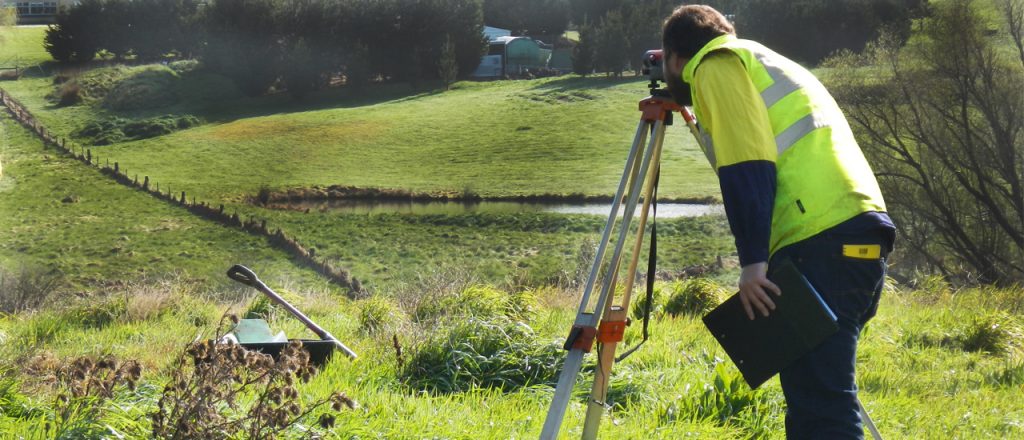Australian archaeology offers a fascinating glimpse into the rich and ancient history of the continent. From the rugged Outback to the coastal regions, archaeological discoveries have shed light on the diverse cultures and lifestyles of Australia’s indigenous peoples, dating back thousands of years. This article provides an overview of the history and significance of archaeology in Australia, Highlighting key discoveries and research methods used in uncovering the past.
History of Australian Archaeology
The history of Australian archaeology is as ancient as the land itself. Aboriginal Australians have a long and continuous history of occupation, with evidence suggesting human presence dating back over 65,000 years. Early archaeological studies in Australia were influenced by European settlement and focused primarily on documenting Indigenous sites and artifacts.
In the 20th century, Australian archaeology underwent a significant transformation with the establishment of academic departments and research institutions dedicated to the study of the continent’s past. Archaeologists began to collaborate with Indigenous communities, recognising the importance of traditional knowledge in interpreting archaeological findings.
Key Discoveries
Australian archaeology has unearthed a wealth of discoveries that have reshaped our understanding of the continent’s past. One of the most significant finds is the discovery of Mungo Man and Mungo Lady in the Willandra Lakes region of New South Wales. These ancient remains, dated to around 42,000 years ago, provide crucial insights into the early inhabitants of Australia.
Another key discovery is the rock art of the Kimberley region in Western Australia. This intricate and ancient art, some of which dates back over 40,000 years, provides a window into the spiritual and cultural life of the region’s Indigenous peoples.
Research Methods
Archaeologists use a variety of methods to uncover Australia’s past. Excavation is a common technique. Involving the careful removal of layers of soil to reveal artifacts and other evidence of past human activity. Dating methods such as radiocarbon dating used to determine the age of artifacts and sites.
In recent years, advances in technology have revolutionised the field of Australian archaeology. LiDAR (Light Detection and Ranging) technology, for example. Commonly used to map ancient landscapes and identify potential archaeological sites that are not visible to the naked eye.
Significance of Australian Archaeology
Australian archaeology plays a crucial role in preserving and celebrating the continent’s cultural heritage. By studying the past, archaeologists can help Indigenous communities reconnect with their ancestral heritage. And promote a greater understanding of Australia’s diverse cultural history.
In conclusion, Australian archaeology offers a captivating journey through time. Revealing the rich tapestry of cultures that have shaped the continent over millennia. From ancient rock art to the discovery of ancient human remains, archaeology continues to uncover the secrets of Australia’s past. Providing valuable insights into our shared human history.
Contact Alpha Archaeology today to consult with industry experts about your archaeology needs throughout Australia.

Leave a Reply